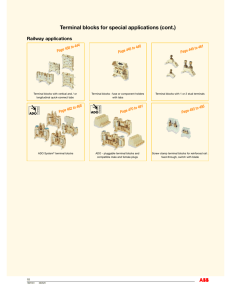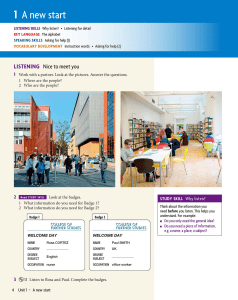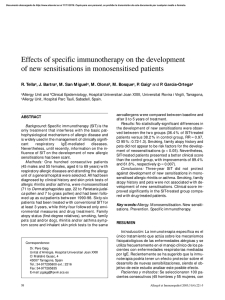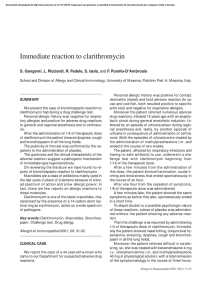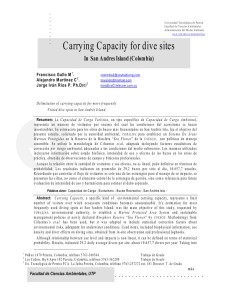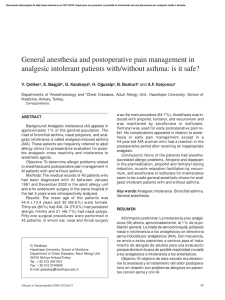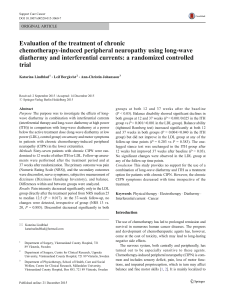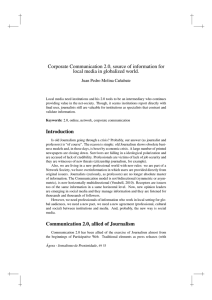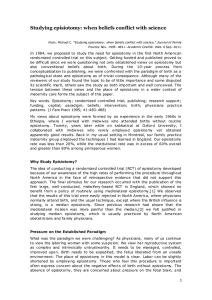Khxulvwlf#rswlp l}dwlrq#surylghv= Exw=Wkhuh#duh#vrp h
Anuncio
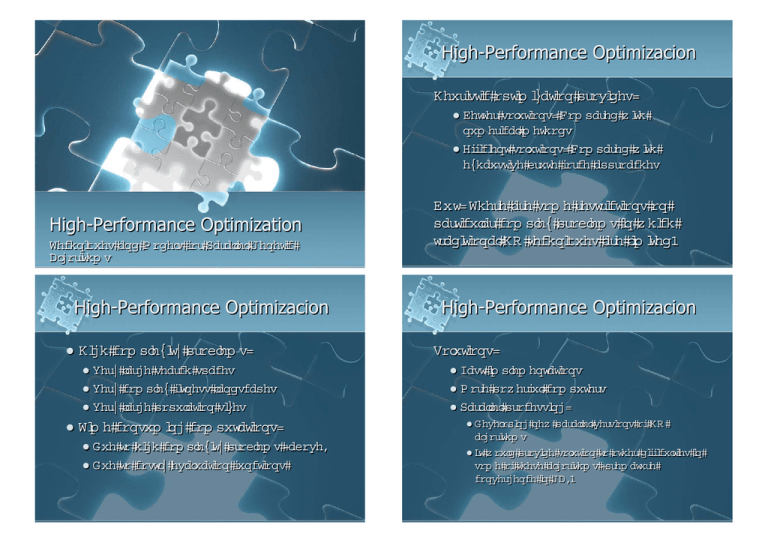
Heuristic optim ization provides: z Better solutions: Com pared w ith num ericalm ethods z Efficient solutions: Com pared w ith exhaustive brute force approaches Techniques and M odels for ParallelGenetic Algorithm s z High com plexity problem s: But:There are som e restrictions on particular com plex problem s in w hich traditionalHO techniques are lim ited. Solutions: z Very large search spaces z Fast im plem entations z Very com plex fitness landscapes z M ore pow erfulcom puters z Very large population sizes z Parallelprocessing: z Tim e consum ing com putations: z Due to high com plexity problem s (above) z Due to costly evaluation functions z z Developing new parallelversions of HO algorithm s z z It w ould provide solution to other difficulties in som e of these algorithm s (prem ature convergence in GA). Parallelim plem entation oftraditionalGA: z New paradigm s and algorithm m odels z GA are specially w ellsuited forparallel im plem entations (naturalevolution is done in parallel) z Very interesting efficiency results. z z GlobalParallelization – there is just a single population as in serialGAs,but evaluation of individuals and genetic operators are parallelized. z Different Parallelization M odels: z GlobalPopulations: z z M aster-Slave M odel z M ulti-Population: z z Island M odel(Coarse Grain) z z Cellular M odel(Fine Grain) z DifferntSynchronization Types: z Synchronous M aster-Slave: z z M aster perform s crossoverand m utation Master z z Slaves perform s fitness calculation z Sem i-Synchronous M aster-Slave: z z Individuals are included w hen fitness calculation is done.Then slave node takes anotherone. Workers z Asynchronous M aster-Slave: z z Shared m em ory,each node perform s also crossoverand m utation operators. Behavior of GAs unchanged – single population, random mating • z z Coarse-grained parallelGA – Population divided into m ultiple subpopulations,or dem es,that evolve independently w ith occasionalexchange of individuals in the form ofm igration.Also called the island m odel. z The m ost interesting m odel: z Each process runs each ow n genetic algorithm . z A topology (neighborhood relationship) is defined to perform individualm igration. z M igration provides genetic exchange am ong otherw ise isolated genetic populations Introduces fundamental changes in the nature of GAs z Sm allnum ber of subpopulations - dem es z Subpopulations are of large size z M igration betw een subpopul ations. z M ost popular of the PGAs z Super-linealSpeed-Up z Param eters: Ring z z The topology z z M igration frequency z z M igration rate z z Selected individuals z z Replaced individuals Double Ring Isolated Mesh Full Full 1 node Mesh Ring 4 nodes 16 nodes z Experim entations by Pettey et al(1987) z Best individualin each dem e sent to the neighbors after every generation z Island M odelw ith low levelof interaction w as inefficient z Island M odelw ith high levelof interaction w as equivalent to the serialGA. z z Fine-grained parallelGA – Population divided into large num ber of very sm allsubpopulations,each subpopulation Evolving on separate processing elem ent.In the extrem e case,there m ay be just one individualper processing elem ent.W ellsuited for m assively parallelcom puters. Introduces fundamental changes in the nature of GAs z z z z z Large num ber of sm alldem es Large am ount of interaction. Individuals in F-PGA are usually placed on a 2-d grid,and com m unication done only w ith neighbors O ther topologies can be sim ulated on top of the grid ASPARAGO S system introduced by Schleuter and M ühlenbein is based on F-PGA w hich also uses a localhillclim bing.
